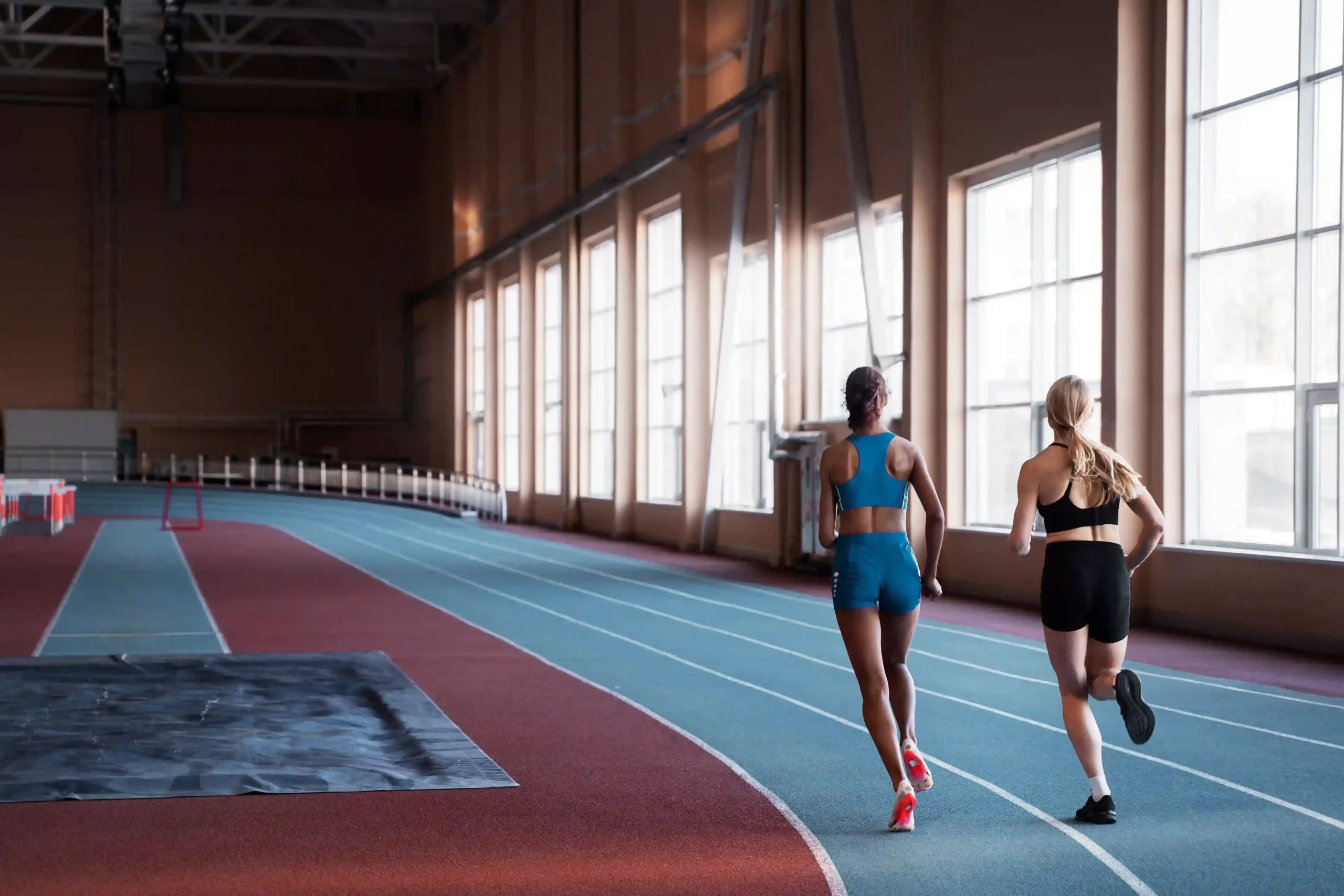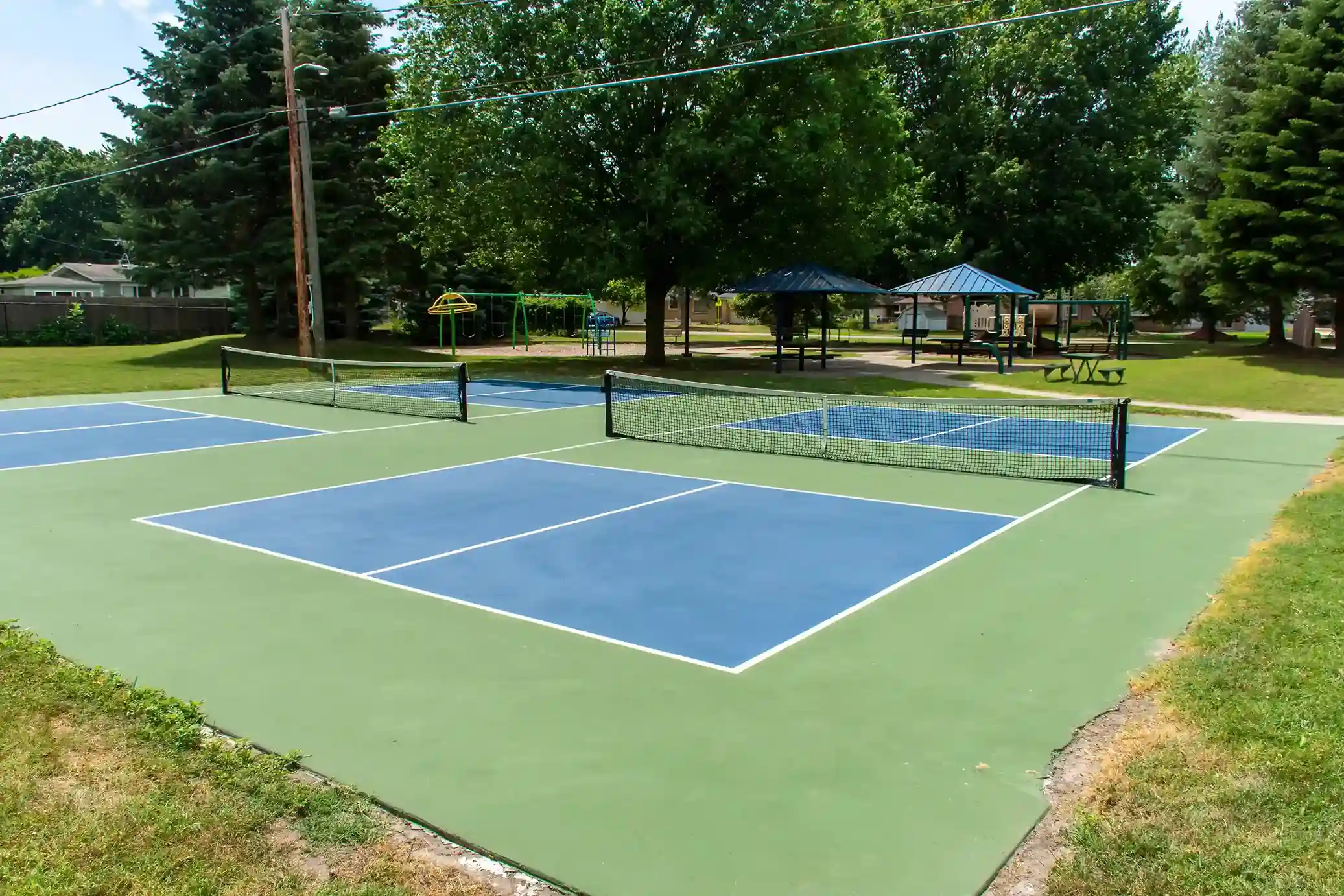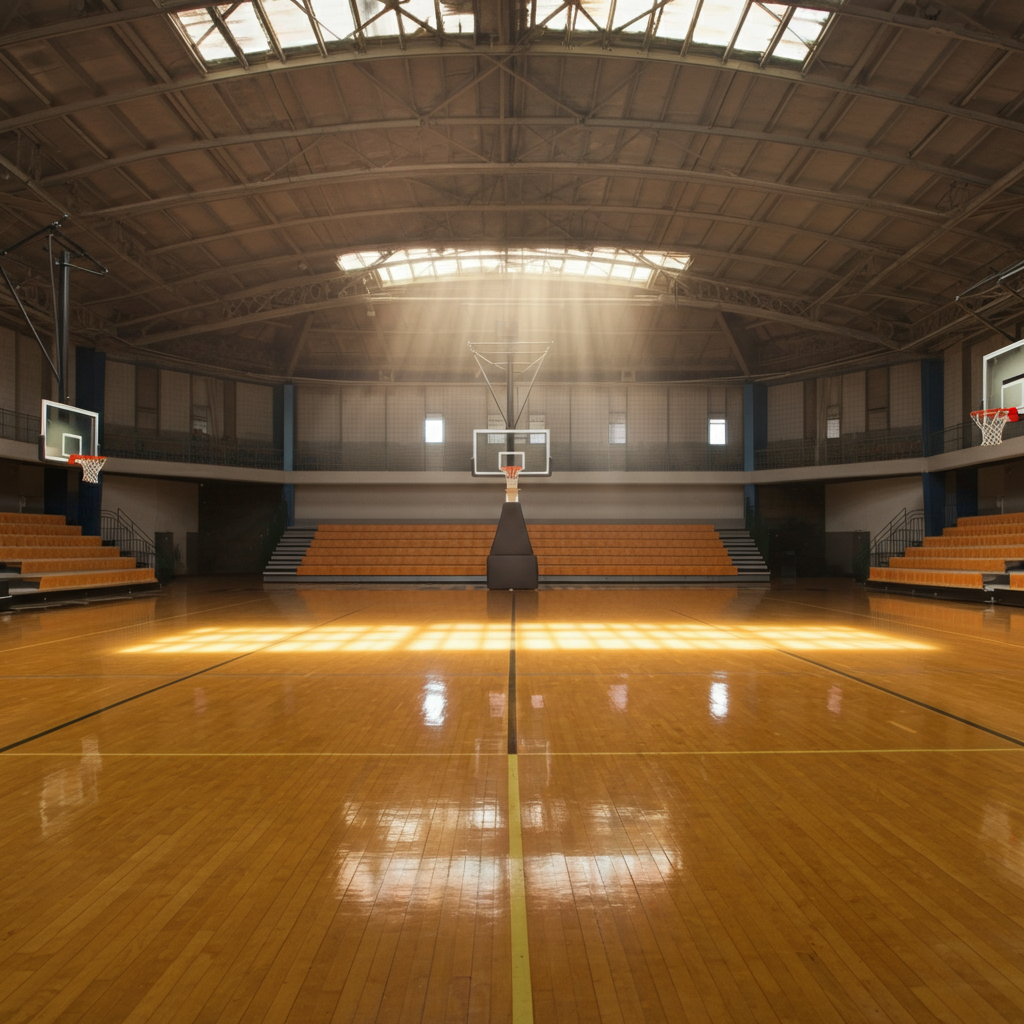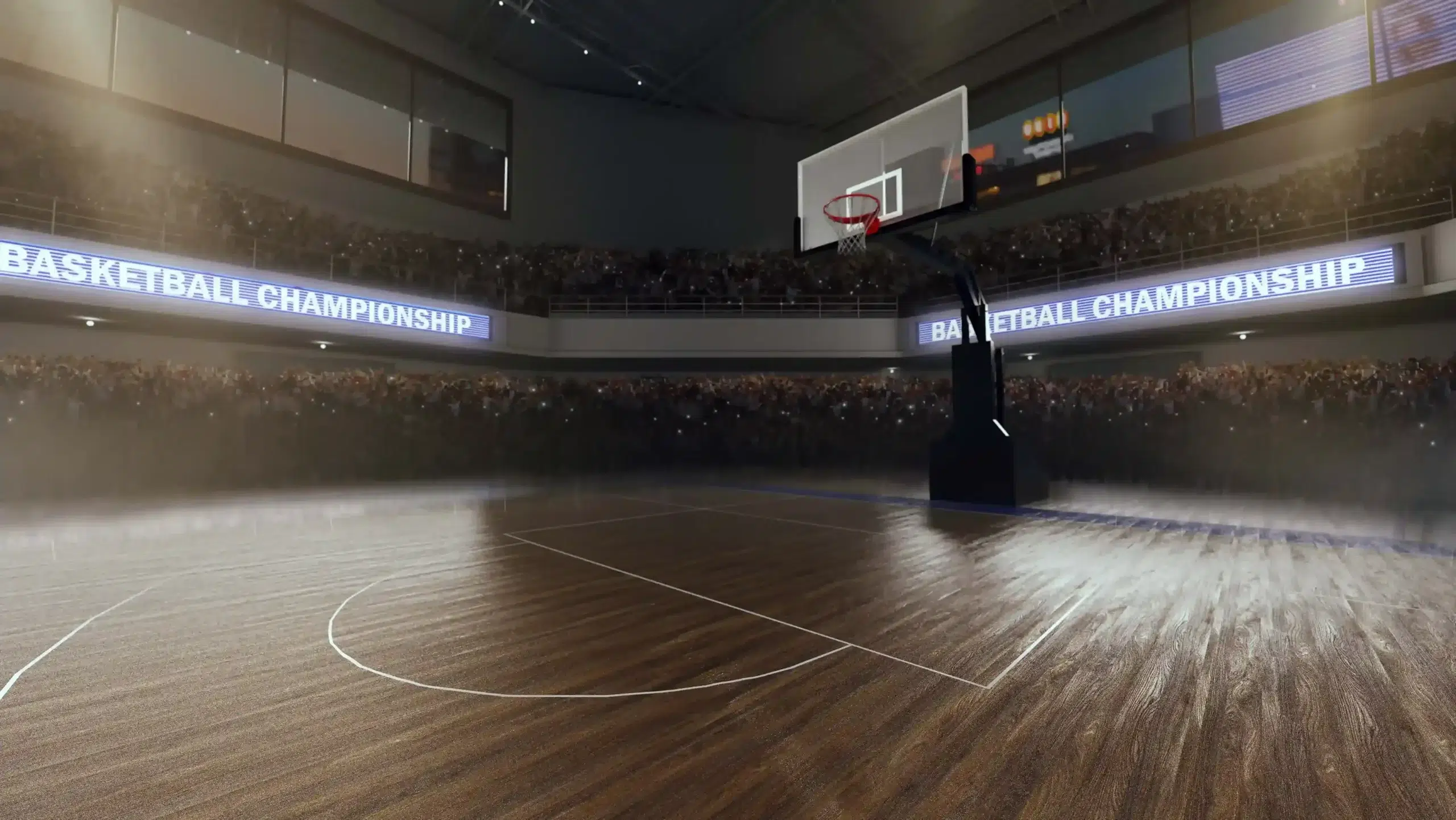Pickleball has taken the sports world by storm, captivating players of all ages with its blend of strategy and fun. However, one key factor that can elevate your game is the surface you play on. Whether you’re building an outdoor suburban court or revamping an indoor community center, the flooring you choose plays a pivotal role in everything from gameplay experience to long-term durability.
Two popular choices for pickleball court surfaces are interlocking tiles and wooden floors. Each comes with its strengths and limitations, making the choice highly dependent on your specific needs and circumstances. This blog will offer an in-depth analysis of both, helping you make an informed decision when selecting your pickleball court flooring.
Interlocking Tiles for Pickleball Courts
Interlocking tiles are gaining traction in the pickleball community for their flexibility and practicality. Made from durable materials like polypropylene or PVC, these tiles are perfect for outdoor and indoor courts alike.
Pros of Interlocking Tiles
- Cost-Effective
One of the most budget-friendly options, interlocking tiles make pickleball court construction accessible for a wide range of budgets. Their affordable price point appeals to schools, community centers, and backyard enthusiasts alike.
- Easy Installation
Interlocking tiles snap together, making installation fast and uncomplicated. Whether you’re renovating or building a court from scratch, they save on costly labor.
- Low Maintenance
Designed for hard-use scenarios, these tiles require minimal upkeep. They’re resistant to stains, fading, and surface wear, meaning your pickleball court stays professional-looking with minimal effort.
- Weather-Resistant
Ideal for outdoor courts, interlocking tiles can withstand varying weather conditions, from intense UV exposure to heavy rain, without losing their structural integrity.
- Portability
These tiles are not permanent and can be disassembled and relocated easily. This adds flexibility for multi-use venues or temporary pickleball setups.
Cons of Interlocking Tiles
- Play Comfort
Interlocking tiles typically offer less shock absorption and foot comfort compared to hardwood courts, potentially leading to fatigue during extended play.
- Ball Bounce Consistency
While reliable, the bounce on interlocking tiles can slightly vary compared to wooden floors, especially at seam intersections.
- Aesthetics
While functional, interlocking tiles don’t offer the polished, professional appearance of a wooden court.
Interlocking tiles are a great pick if affordability and practicality are your primary concerns. Popular examples include modular sports tiles like VMKON’s multi-use interlocking systems, designed for optimal sports performance.
Wooden Floors for Pickleball Courts
Wooden floors have long been a preferred choice for indoor sports. Synonymous with prestige and quality, a wooden pickleball court floor offers an elevated playing experience that stands out in competitive and professional settings.
Pros of Wooden Floors
- Superior Ball Bounce
Wooden floors deliver consistent and predictable ball bounce, a key factor for players aiming for precision in their game.
- Comfortable for Players
With their shock-absorbing properties, wooden floors reduce stress on joints, making the surface more forgiving during high-intensity matches.
- Aesthetically Pleasing
Wooden courts offer a polished, sleek look that adds sophistication to any sports facility. This can create a lasting impression for players, spectators, and stakeholders.
- Professional Feel
A common choice in tournaments and competitions, wooden floors lend credibility and professionalism to the venue.
Cons of Wooden Floors
- Higher Cost
Wooden floors are significantly more expensive to install and maintain compared to interlocking tiles, making them a less accessible option for budget-conscious projects.
- Professional Installation Required
Installing a wooden floor demands expertise, increasing both time and labor costs.
- Vulnerability to Moisture
Wooden floors are prone to warping or swelling in the presence of moisture, limiting their suitability for outdoor use or humid climates.
- Frequent Maintenance
Over time, wooden flooring demands higher maintenance, including sanding, polishing, and re-coating to maintain its appearance and functionality.
Wooden floors are best for facilities aiming to provide a premium, professional playing environment. For example, bio-based sport floors by brands like VMKON are engineered for durability and performance.

Interlocking Tiles vs Wooden Floors A Direct Comparison
Here’s a side-by-side breakdown of interlocking tiles and wooden floors to help you decide which best fits your needs:
| Feature | Interlocking Tiles | Wooden Floors |
|---|---|---|
| Cost | Low to moderate | High |
| Installation | DIY-friendly | Requires professional expertise |
| Maintenance | Minimal effort required | Regular sanding and re-coating needed |
| Play Comfort | Comfortable, but less forgiving on joints | Highly comfortable with superior shock absorption |
| Ball Bounce | Slightly variable | Consistent and precise |
| Durability | Excellent weather resistance, especially outdoors | Vulnerable to moisture, mainly for indoor use |
| Aesthetics | Functional and practical | Sleek and professional appearance |
| Portability | Easily portable and reusable | Permanent installation |
Which Is Better for You?
Choosing between interlocking tiles and wooden floors comes down to your priorities and the setting of your pickleball court. If you’re building an outdoor court or want flexibility and minimal maintenance, interlocking tiles excel. They’re cost-effective, durable, and ideal for multi-functional spaces.
On the other hand, if you’re crafting a premium indoor court and prioritizing player comfort and professional aesthetics, wooden floors should be your go-to. Their superior bounce and elegant finish deliver a high-end experience.
For a balanced option, explore innovative products like VMKON Sport Flooring, which combines aesthetic appeal with exceptional functionality, offering tailored solutions for both indoor and outdoor pickleball courts.
Take the Next Step
Elevating your pickleball game starts with the right court surface. Whether interlocking tiles or wooden floors suit your needs, ensuring a thoughtful, informed decision is key.
- Contact us today for a free consultation and learn more about VMKON’s cutting-edge flooring solutions.
- Download our free guide to gain insights into selecting the best pickleball court surface for your unique requirements.
- Have a question or experience to share? Leave a comment below, or share this article with someone planning their pickleball court.
The future of your pickleball court is just one decision away. Make it count.








